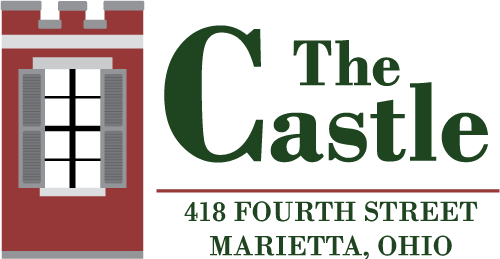Provided by our Education Director Kyle Yoho (and unofficial in-house Chef)
Steamed puddings are probably one of the most unrecognizable categories of historical cookery recipes from America’s past. By “pudding” we don’t mean the quintessential Snack Pack many of us grew up with in our lunch boxes. Basically when talking “steamed pudding” we mean a usually dense cake cooked by the heat of steam or in boiling water. This recipe for “steamed berry pudding” and sauce comes from Marietta’s Centennial Cookery Book (1887) provided by “Mrs. De Steiguer”

Mrs. De Steiguer’s recipe is a fairly routine preparation for steamed pudding, if not a little lighter because it makes a nice white cake showcasing your choice of berries. However, through testing out this recipe, some adjustments had to be made with the quantities of ingredients. For my purposes, I reduced the overall recipe by half to fit into the 1.6 liter steamed pudding mold I acquired for this recipe. It’s important to note that while it is advisable to obtain a metal or ceramic steamed pudding mold, you could use a regular ceramic bowl. This recipe leaves the choice of berries, and ultimately flavoring, up to the baker. In the recipe below, I’ve elected to use blueberries and added lemon zest and vanilla. The sauce also leaves room for interpretation and I’ve gone with lemon here as well. As mentioned in our other historical recipe postings, these older recipes are meant as guidelines and this is a great example of that.
Click here to download the recipe!
Pudding Ingredients:
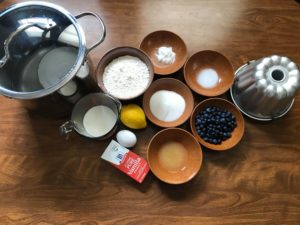
1 ½ cups all-purpose flour*
½ cup sugar
½ cup milk
1 large egg
2 tablespoon melted butter*
2 teaspoon baking powder
½ teaspoon salt
¼ cup blueberries (optional)
½ lemon zest (optional)
1 teaspoon vanilla (optional)
*These are changes from the original recipe. The flour has been reduced by ½ cup and butter increased by 1 tablespoon.
Pudding Instructions:
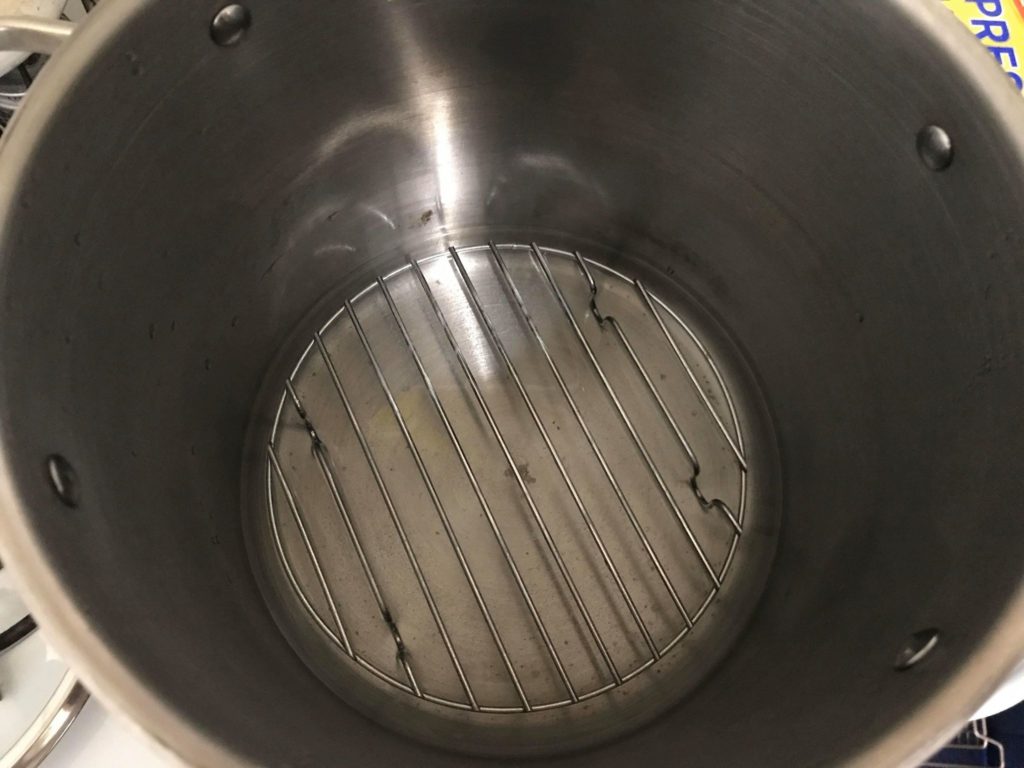 Before mixing your ingredients, select a pot large enough to hold your steamed pudding mold covered with the lid. A wire rack or saucer should be placed in the bottom of the pot. Fill enough water to reach the top of the rack or saucer. This should be brought to a boil before placing your mold into the pot. You may want to have another pot of water boiling so that your pot does not boil dry.
Before mixing your ingredients, select a pot large enough to hold your steamed pudding mold covered with the lid. A wire rack or saucer should be placed in the bottom of the pot. Fill enough water to reach the top of the rack or saucer. This should be brought to a boil before placing your mold into the pot. You may want to have another pot of water boiling so that your pot does not boil dry.
You’ll also want to thoroughly butter your mold, including the lid.
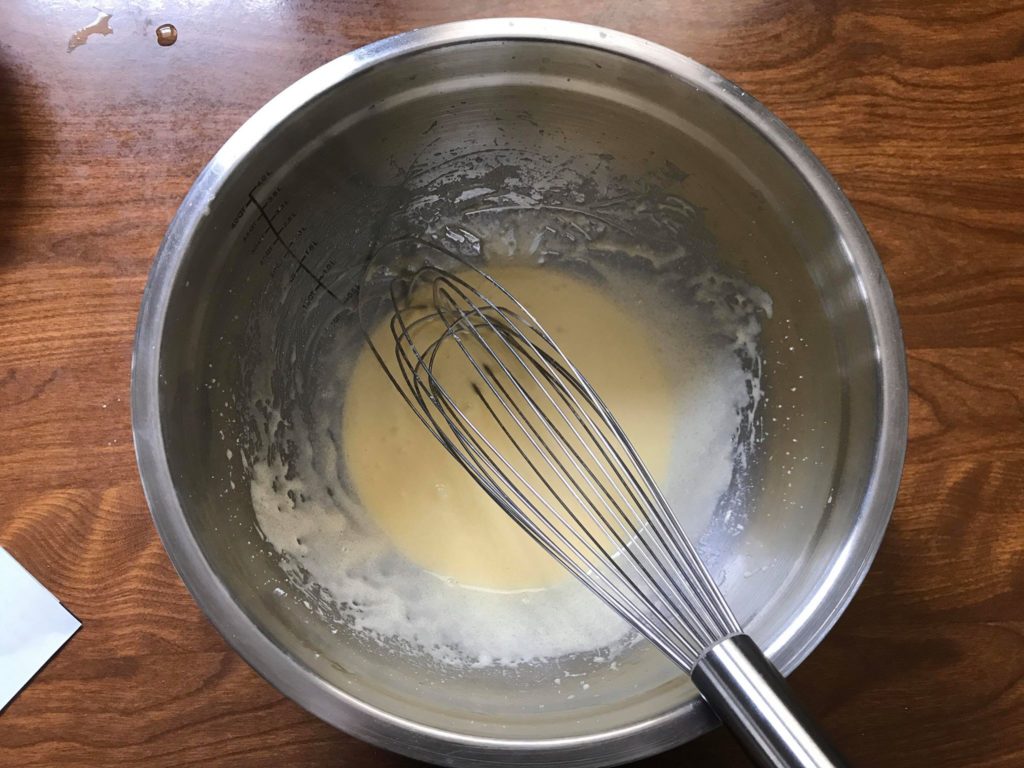
Mix the sugar and butter together. Whisk together the milk and eggs and slowly mix into the sugar and butter mixture.
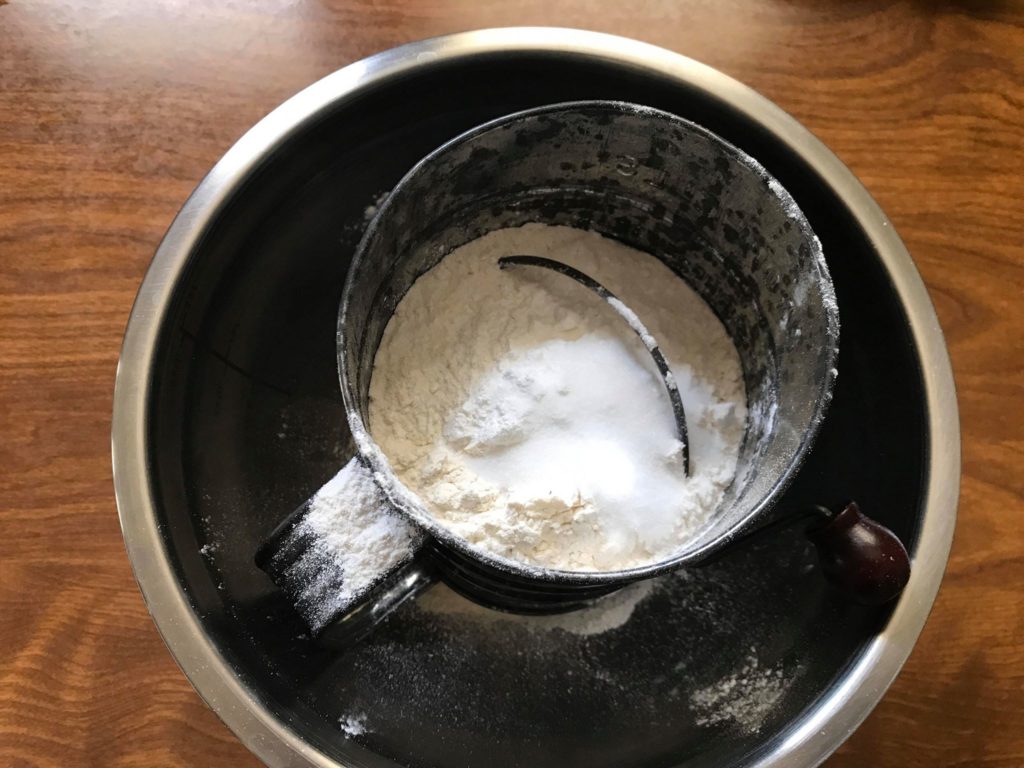
In a separate bowl, sift together the flour, baking powder, and salt.
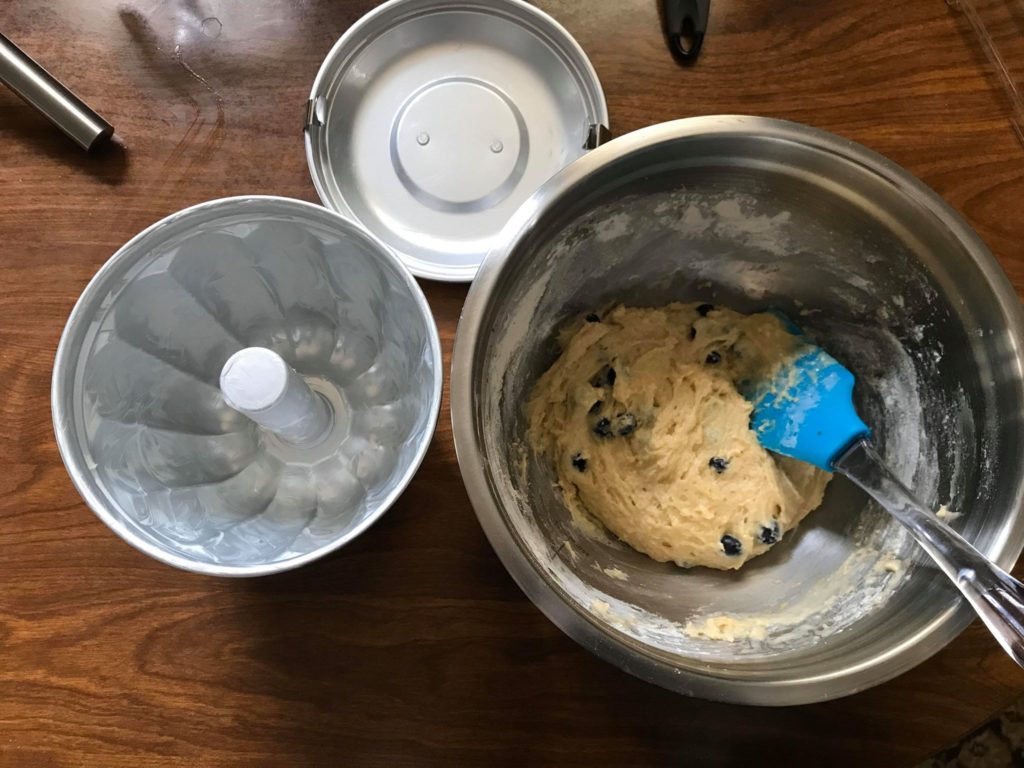
Gradually mix the dry ingredients into the wet ingredients to make a thick batter. Then, fold the blueberries, zest, and vanilla into the batter.
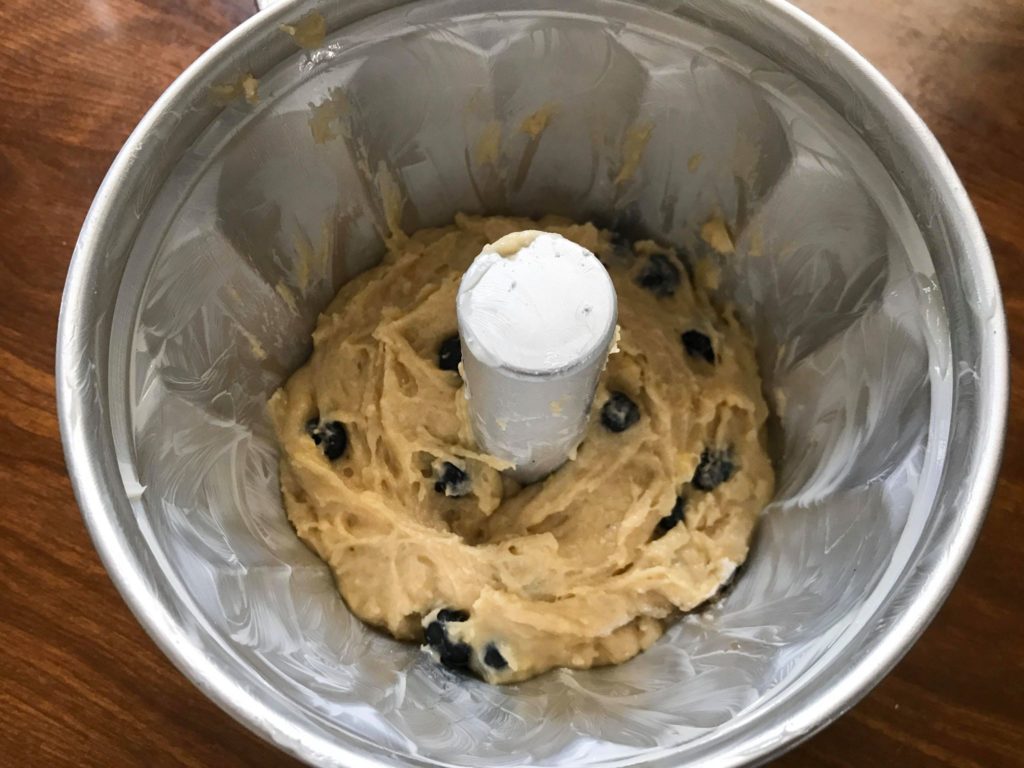
Pour the batter into the buttered mold. (If your mold lacks a lid you can cover the top with a piece of parchment paper, buttered on the side facing the batter. Tie this with a string around the edge of the mold. Over top of this, place a sheet of aluminum foil, shiny side out.)
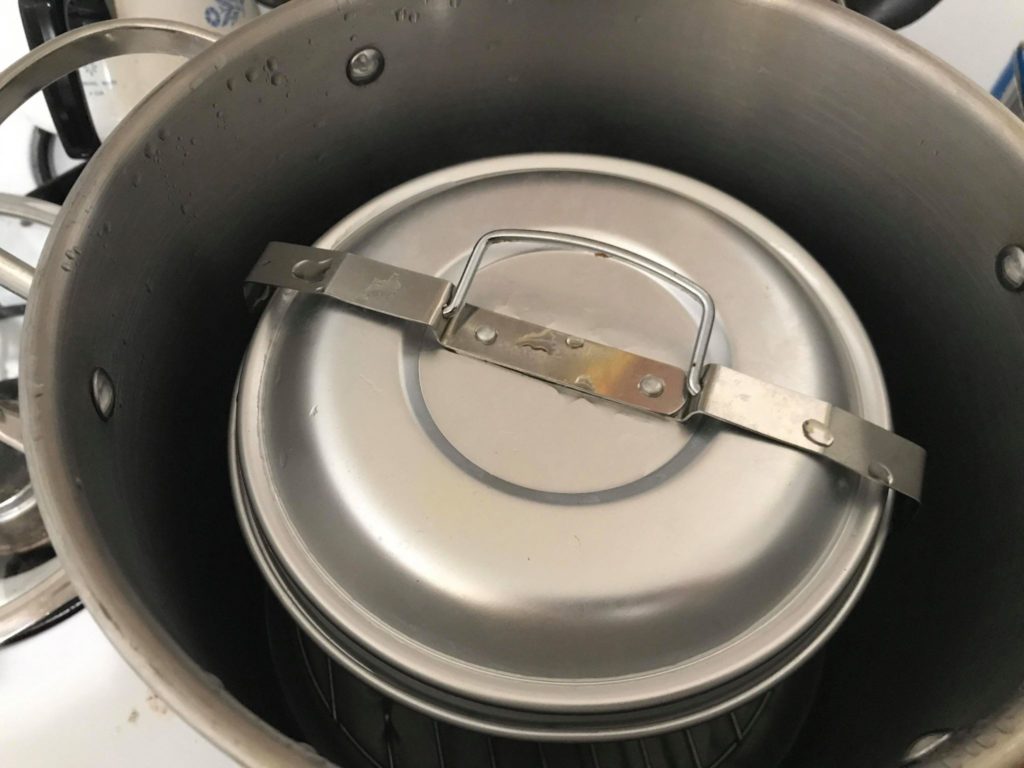
Reduce the boiling water to a simmer and place the mold into the pot with the lid. Steam for 1 ½ hours. Periodically check to ensure your pot hasn’t boiled dry.
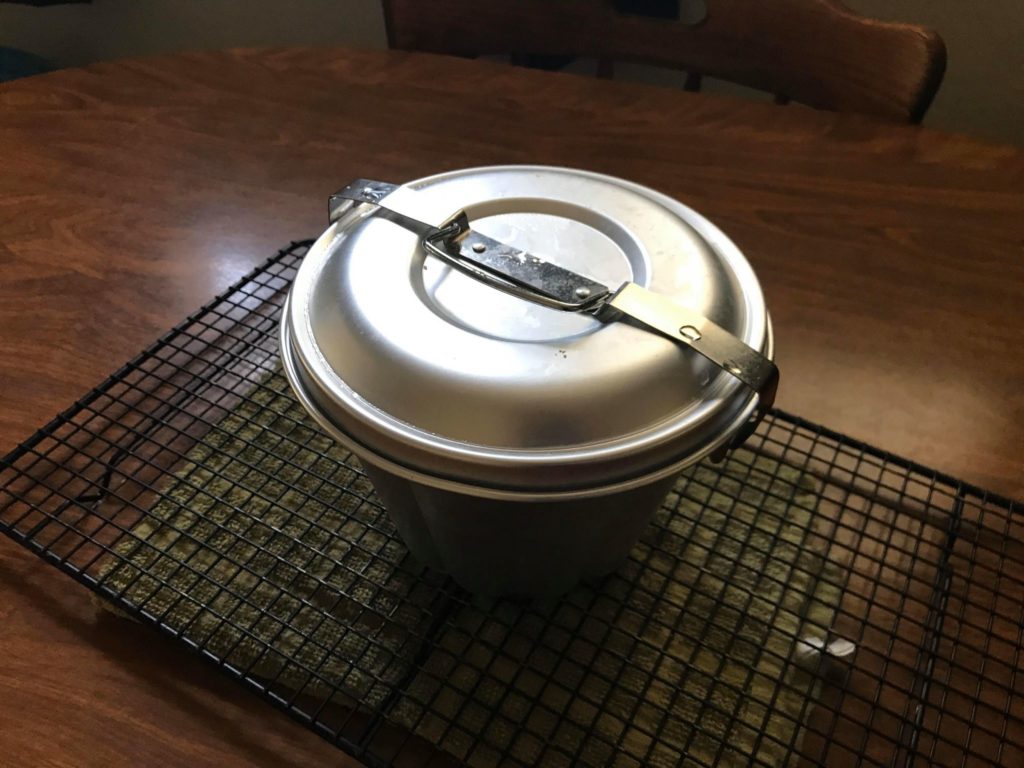
The pudding is done when a skewer inserted into the center comes out clean. Turn off the heat and carefully remove from the pot. Allow it to cool on a wire rack until just warm to the touch. Remove the mold lid and place a serving plate, upside down, over the opening. Firmly hold the plate against the mold and flip, releasing the pudding onto the plate.
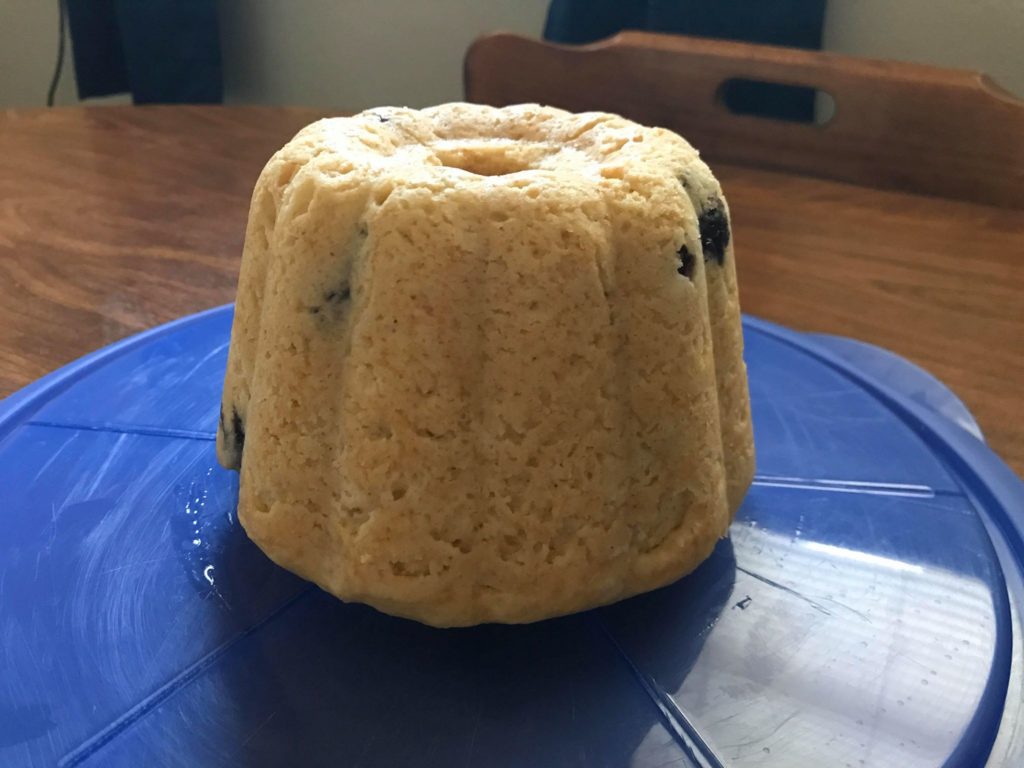
Slice and serve the pudding warm with the sauce.
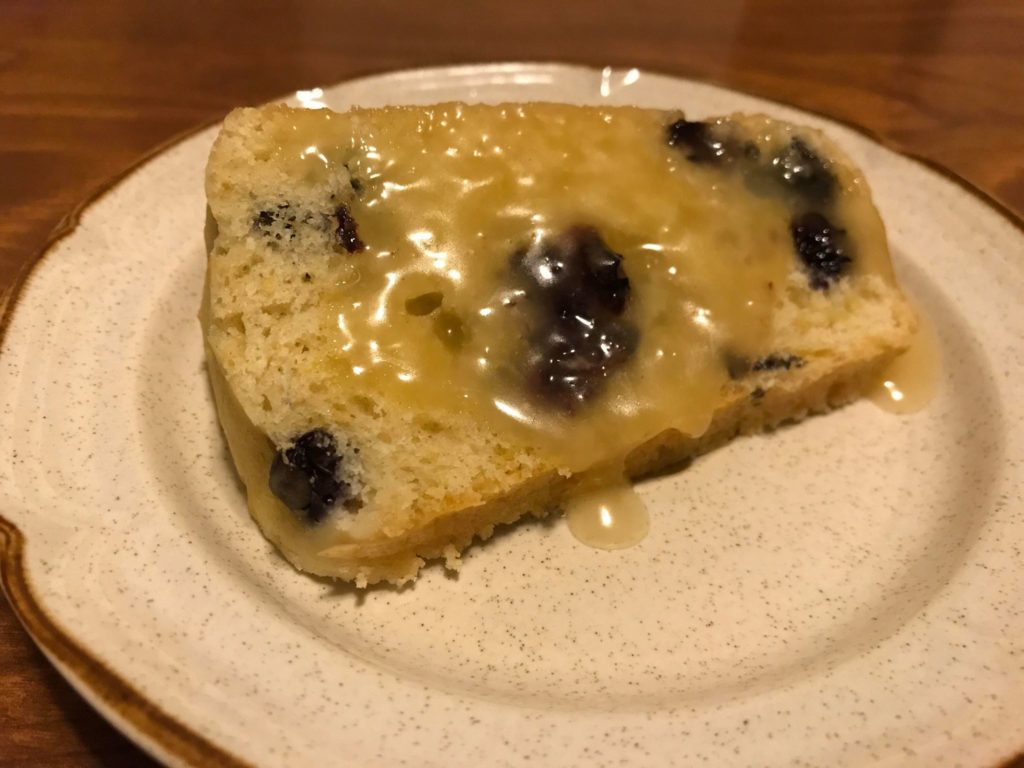
Enjoy!
Sauce Ingredients:
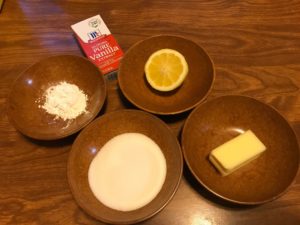
1 cup sugar
¼ cup butter
1 tablespoon cornstarch
2 tablespoons boiling water
2 tablespoons lemon juice (optional)
1 teaspoon vanilla (optional)
Sauce Instructions:
Melt the butter in pan over a low-medium heat.
Add the sugar, cornstarch, and boiling water to the melted butter .
Allow the mixture to come to a boil for a few short minutes and add the lemon juice and vanilla.
Take off the heat and allow to cool and thicken.

“The proof of the pudding lies in the eating.”
Steamed puddings are still popular in the United Kingdom. The Centennial Cookery Book lists nearly twenty recipes for steamed puddings, so we can see they were still popular up to 1887. They’re even embedded in classic literature of Thanksgiving and Christmas. In “Over the River and Through the Woods” a child excited for the Thanksgiving festivities exclaims “Hurrah for the fun! Is the pudding done?” “Oh, bring us some figgy pudding” stands out in the cheery Christmas song “I Wish You A Merry Christmas.” So, what happened to Americans and steamed pudding?
American food reform brought about the extinction of steamed pudding’s inclusion on tables across the U.S. Food “experts” in the early twentieth-century spread an aversion to mixed foods believing that simple dishes with recognizable ingredients clearly separated were healthier. Sadly, this misguided reform was rooted in xenophobic distain for the mixed foods associated with the expanding immigrant population. Puddings were very much mixtures and they weren’t just exclusively desserts. Unfortunately for the steamed pudding’s sake, by the time the hullabaloo over mixed foods had died down, a new dish – casseroles – were taking pudding’s place on the table.
History behind the recipe…
A Town’s Cookbook

The Centennial Cookery Book is a reflection of Marietta in the late 1800s. It was compiled in 1887 by the Woman’s Centennial Association to raise funds for the upcoming anniversary events to occur in 1888. Only 1,000 prints were made to be sold at $1 apiece. Totaling 145 pages, it archived recipes spanning from the early pioneers of 1788 to modern times (that being 1888.) As the preface reads: “An effort has been made to preserve some of the methods of our grandmothers which have fallen into disuse, under change of circumstances, but which are remembered to have produced most excellent results for the palate. Few persons now care to prepare the pickled beef, ham and pork, the Rye and Indian Bread, the pounded Biscuit and Cracker, the Home brewed Beer of the early part of the century, but to those who remember these things they have never been surpassed for goodness…”
Recipes are linked to founding names like Putnam and Devol, Washington county mover and shakers, and includes recipes from Daphne Squires. Daphne was an African American servant of the Meigs and Woodbridge families who received acclaim as one of the best cooks in Marietta during her time. Many recipes have been brought down through generations and have New England roots. One example is the many oyster recipes collected. Some recipes were made from ingenuity, and others influenced by more recent European immigration, especially in regards to Germans. In addition to food recipes, remedies like beef tea and moss lemonade are in the “Sick Room” chapter. The “Miscellaneous” chapter contains oddities like “cement for making leather boots water proof,” instructions on how to preserve eggs for winter use, and tips for how to keep away flies.

